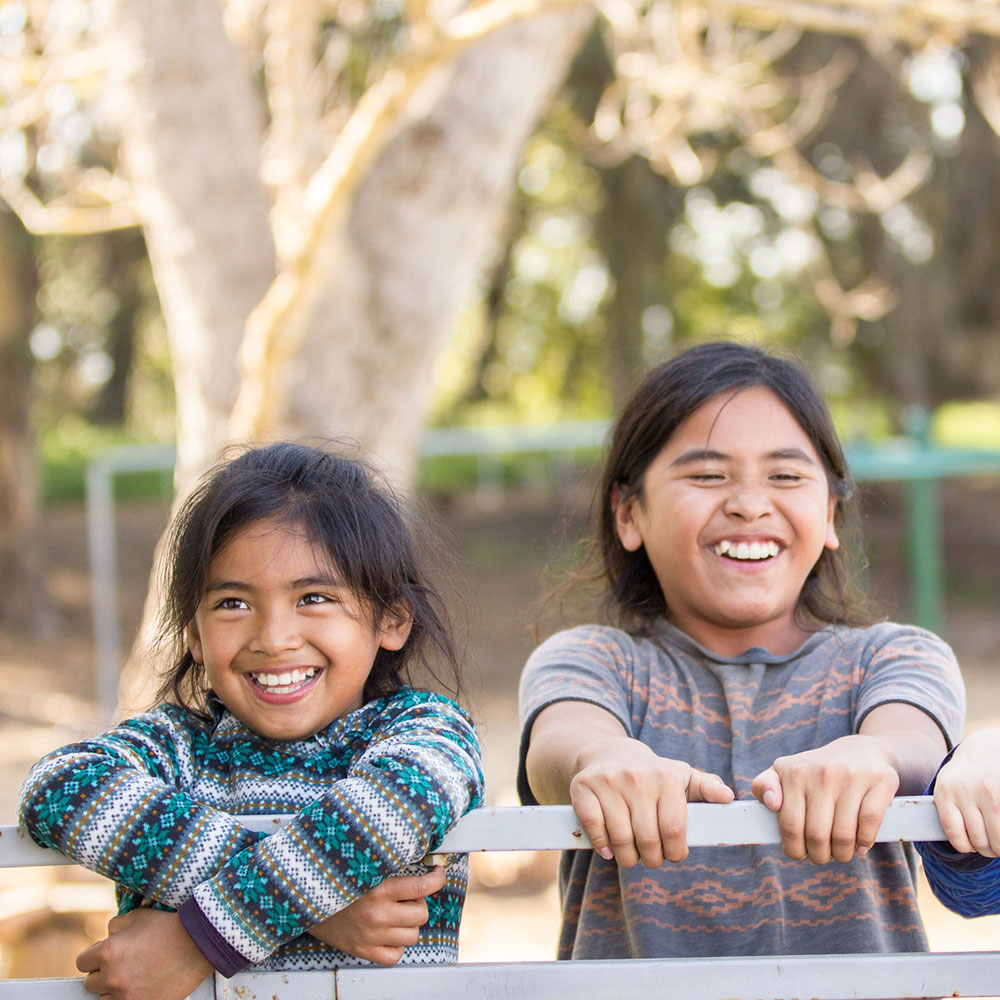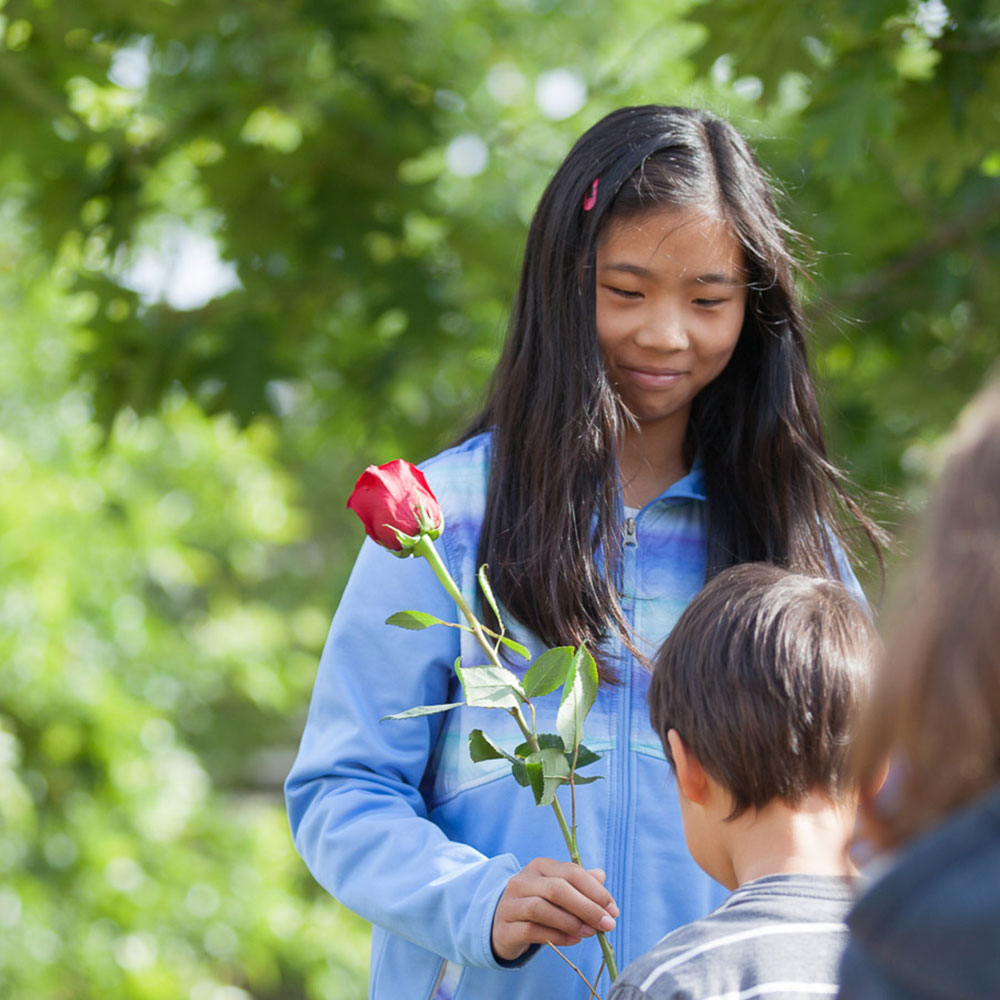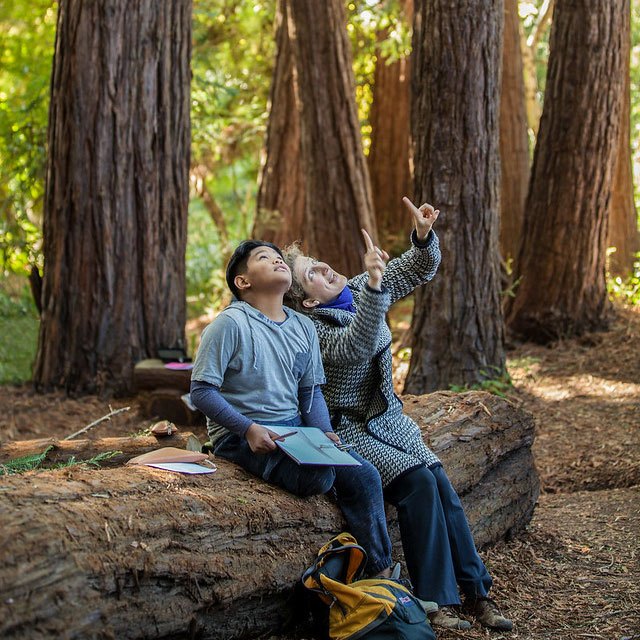Why Are We Inspired by Waldorf?
On first impression, our approach may appear different, in a high-pressure culture that stresses academic achievement at the expense of a more rounded and healthy sense of well-being. Our students receive a comprehensive academic education and training in some of the most valuable and progressive skills a person needs to thrive, like visual and divergent thinking, and social-emotional intelligence, and the ability to think independently. Based on Rudolf Steiner’s insights into the phases of development and backed by the latest developmental science, the curriculum is extremely intentional, carefully aligning a child’s thinking capacities at a given age with the feelings they experience at each phase. So while the 2nd grader hears stories of mischief and goodness to echo their developing moral compass, the 8th grader studies historical revolutions to match the adolescence-fueled revolution they experience inside. Over the eight years of grade school, as our students gain in capacity, they engage in an ascending spiral of knowledge.



The Gift of Learning
The British International Television Network (ITN) developed this overview that provides a great introduction to Waldorf Education.
IDEAS in the Media
On Learning:
“We have to recognize that human flourishing is not a mechanical process; it’s an organic process. All you can do, like a farmer, is create the conditions under which they will begin to flourish.”
– Sir Ken Robinson
On Visual Thinking:
“In essence, I used “visual thinking”—drawing pictures to solve a problem. And if you believe the visualization experts, a new language of pictures may be precisely what we need to tackle the world’s biggest challenges.”
– Clive Thompson
On Drawing:
“Drawing Is the Fastest, Most Effective Way to Learn, According to New Research”
On Technology:
“Minds need rest and work. But the iWorld fails to supply the child-mind with either of these basic needs.’
– David Gelernter, Professor of Computer Science at Yale
On Divergent Thinking:
“Waldorf schools are one of the few educational systems that teach divergent thinking. In the 21st century…divergent thinkers are our inventors, innovators, entrepreneurs, and visionaries. Yet most schools still focus primarily on convergent thinking. Students today need to learn both convergent and divergent way of thinking to tackle the complex issues we face.”
Read more about divergent thinking.
On Multiple Intelligences:
“Since each human being has her own unique configuration of intelligences, we should take that into account when teaching, mentoring or nurturing.”
Read more about multiple intelligences.
On Technology in the Classroom:
“If you look at the best-performing education systems, such as those in East Asia, they’ve been very cautious about using technology in their classroom.”

